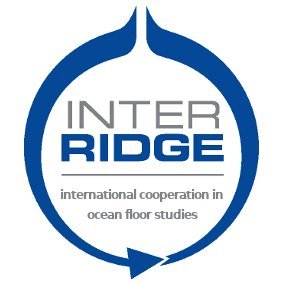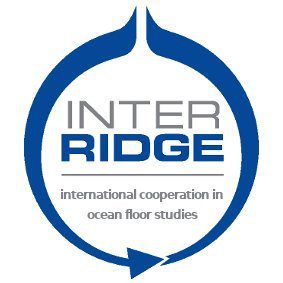InterRidge 2022 Webinar March
Relationship between geodynamics, submarine volcanism, and ore formation (14:00 GMT, Monday March 21st )
Summary
Increasing demand for base and precious metal resources, coupled with declining discovery rates, is now encouraging the search for alternatives, including mining on the seafloor. Metal-rich deep-sea hydrothermal vents have been discovered in more than 500 locations; however, the fundamental geodynamic controls on ore formation are poorly constrained. A key question in subduction-related arc and back-arc environments is: “How do tectonic factors, such as ridge collisions and pre-existing structures, influence magmatism and massive sulfide formation?” New global datasets, including satellite altimetry and its derivatives, as well as novel remote-predictive geological mapping interpreted from multibeam bathymetry, provide the opportunity to address this question at a regional scale. In addition, seafloor sampling and drilling allows for an integrated petrological, geochemical, and isotopic approach to better understand ore-forming processes. This work has important implications for finding inactive vent sites that cannot be detected by traditional surveys, and for understanding the diversity of massive sulfide deposits in the geologic record.
Main points
- Hydrothermal vents (aka black smoker chimneys) contain economically-interesting metals (copper, lead, zinc, silver, gold).
- We need regional exploration methods to find inactive hydrothermal vent sites as current methods can only locate active vent sites.
- Predicting where to find these sites requires an understanding of geodynamics and seafloor volcanism.
- Remote-predictive geologic mapping provides the framework to understand these processes.
Brief information about Dr. Melissa Anderson: Main career and academic interest
Melissa grew up in the western Canadian prairies. After finishing an undergraduate degree in geology, she obtained an M.Sc. in Economic Geology at the University of New Brunswick (eastern Canada), where her research focused on Li-Nb-Ta resources in Canada’s far north. From there, she decided that she was ready for a new adventure, and so she began working in modern oceanic environments studying the formation of seafloor massive sulfide deposits (AKA black smoker chimneys). She completed her PhD at the University of Ottawa (Canada), and spent time at the GEOMAR Helmholtz Centre for Ocean Research in Kiel, Germany. Her research focuses on remote waters in the western Pacific (Vanuatu, New Caledonia, Solomon Islands, Guam, Fiji, Tonga), where she seeks to unravel the relationships between plate tectonics, submarine volcanoes, and hydrothermal ore formation. Melissa joined the Earth Sciences Department at the University of Toronto in August, 2018, and is currently an Assistant Professor of Economic Geology.

